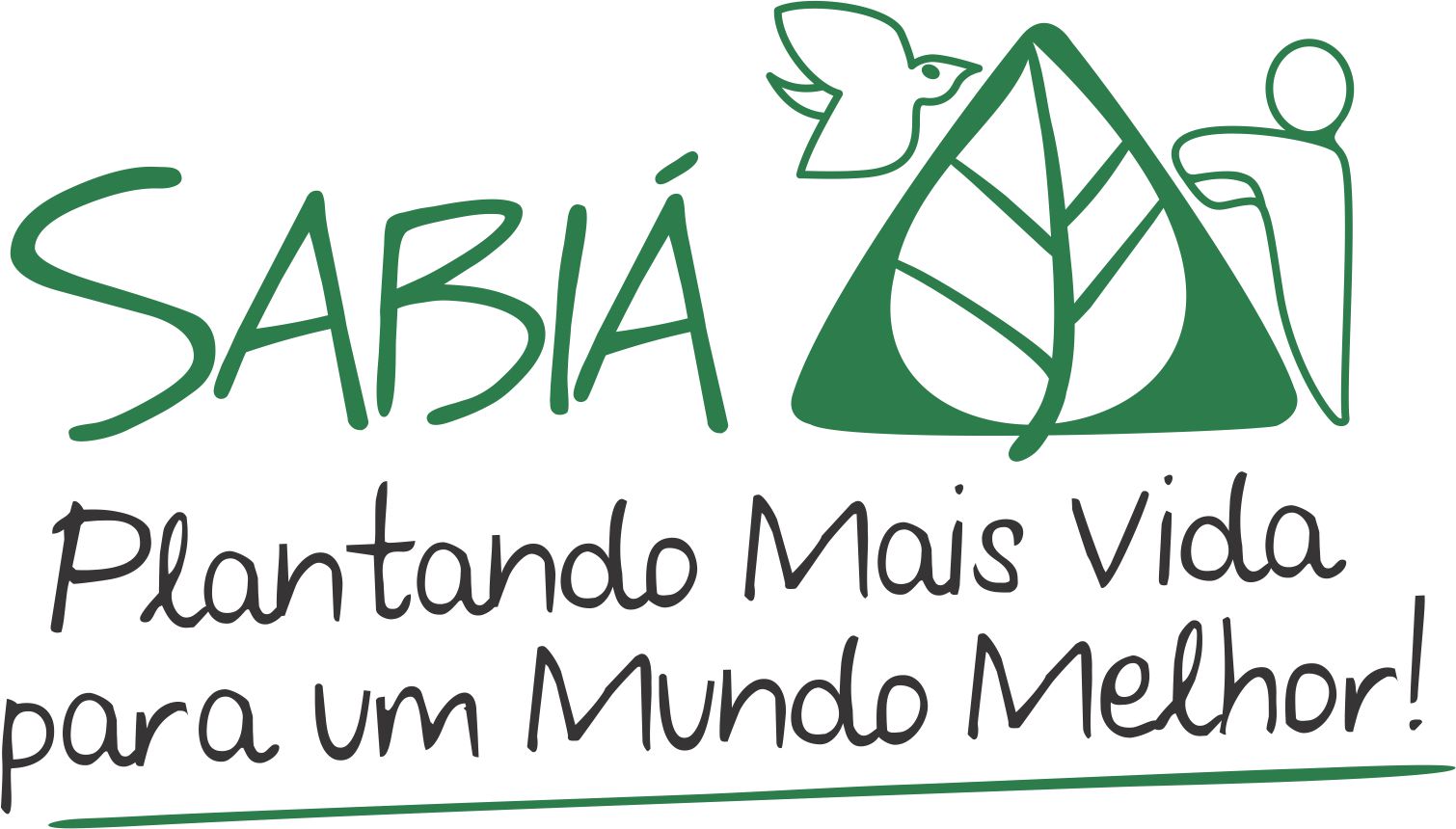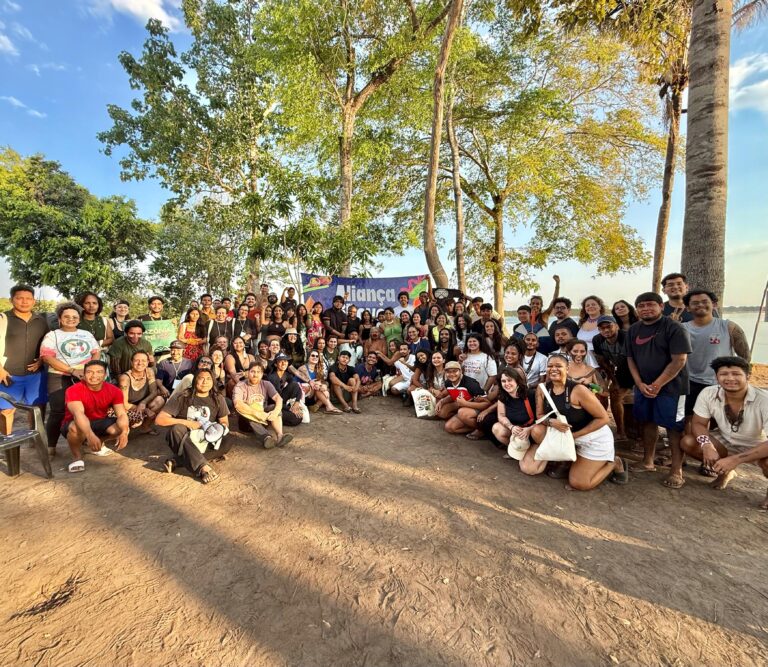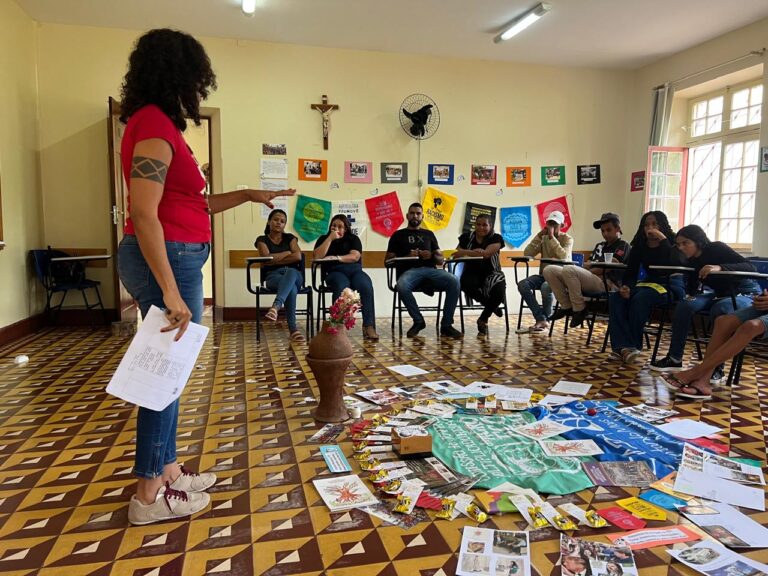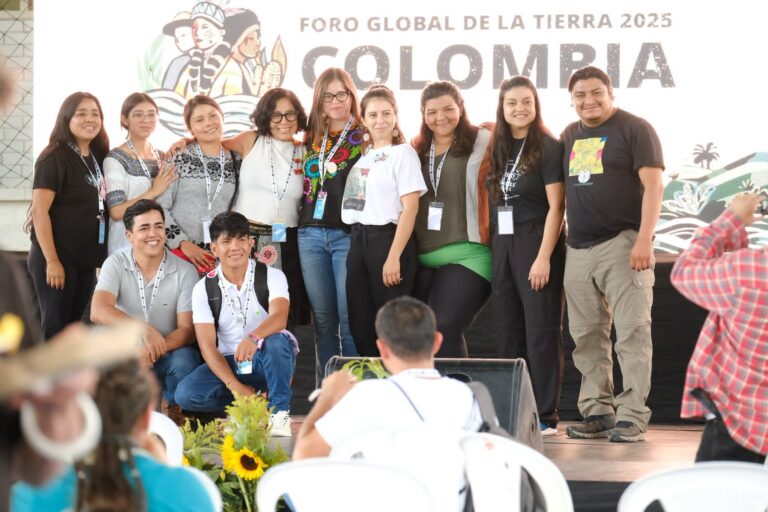Agroecology in the People’s Mouth, 12th Brazilian Congress of Agroecology
Tatiane Faustino and Gildo José
Young Agroecology Multipliers
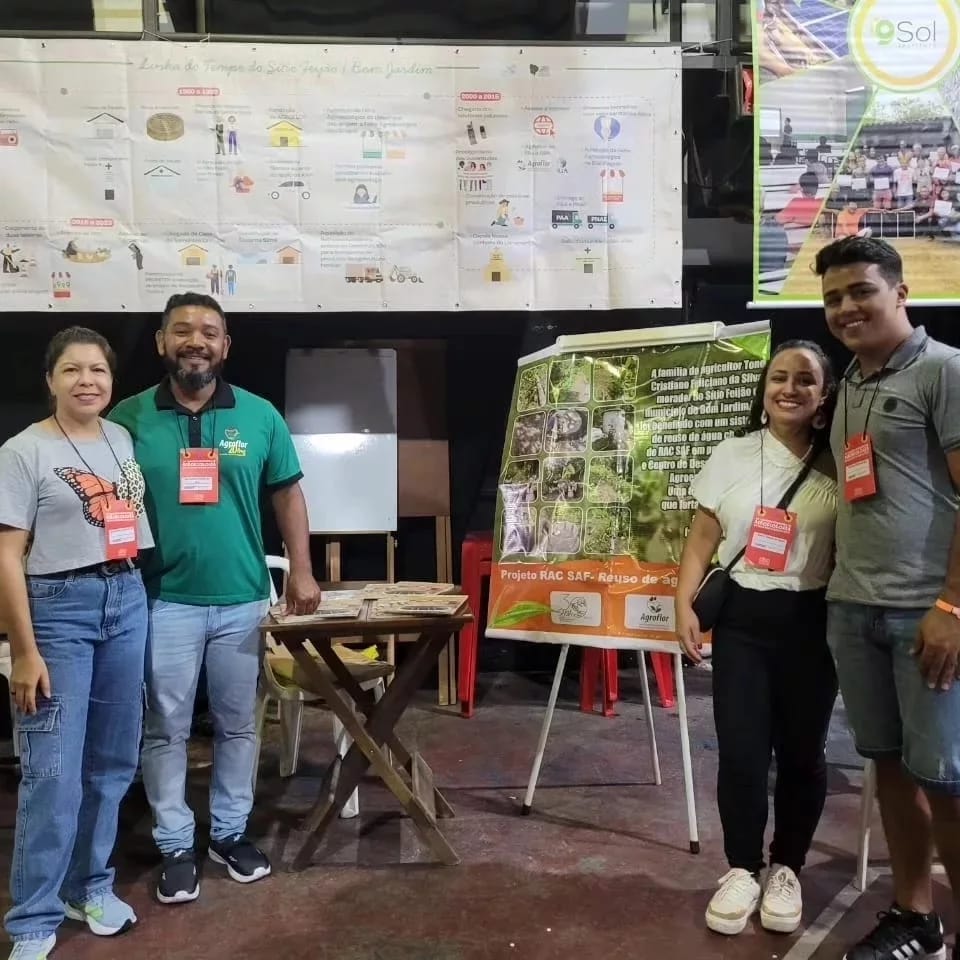
From November 20 to 23, the city of Rio de Janeiro hosted the largest agroecology congress in Latin America, the Brazilian Congress of Agroecology (CBA), promoted by the Brazilian Association of Agroecology, in its 12th edition, which brought together more than 6,000 people in the city center. Since its first edition in 2003, in Porto Alegre, Rio Grande do Sul, the CBA has grown to 20 years of history.
The 12th edition took place in Lapa, Rio de Janeiro’s city center, covering a range of themes, including film festivals, a fair, workshops, plenary sessions, cultural and artistic presentations, as well as tapiris of knowledge with demonstrations of agroecological experiences. These activities took place in various places, such as the Praça do Passeio Público, Fundição Progresso, Circo Voador, Arcos da Lapa, Cine Odeon, Cinelândia, among others.
The motto of the CBA was “Agroecology in the Mouths of the People”, calling on society and organizations to reflect on the urgency of strengthening the popular food production and supply system. The event brought together farmers, traditional peoples and communities, students from various courses, researchers and teachers from all corners of the country to learn and think about the multiple meanings of agroecology in social movements, science and people’s practices.
The Commission of Young Agroecology Multipliers (CJMA), represented by four young people – Gildo José, Tatiane Faustino, Tone Cristiano and Vitor Diego – helped to promote and experience various spaces at the CBA, each focusing on a specific theme.
At the first, the Saberes e Sabores da Agroecologia e Economia Solidária National Fair, with more than 130 producers from all over the country, Gildo occupied this space selling products such as corn flour, honey, pepper sauces and coffee. As well as their own produce, they also sold handicrafts and food from other young farmers in Pernambuco.
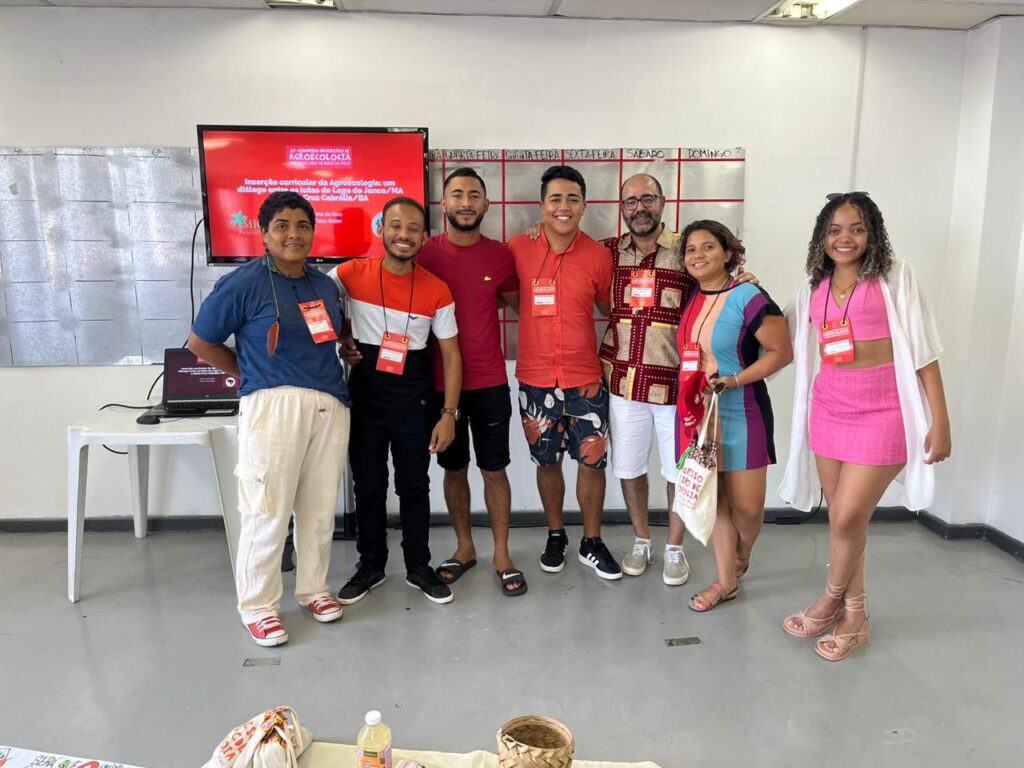
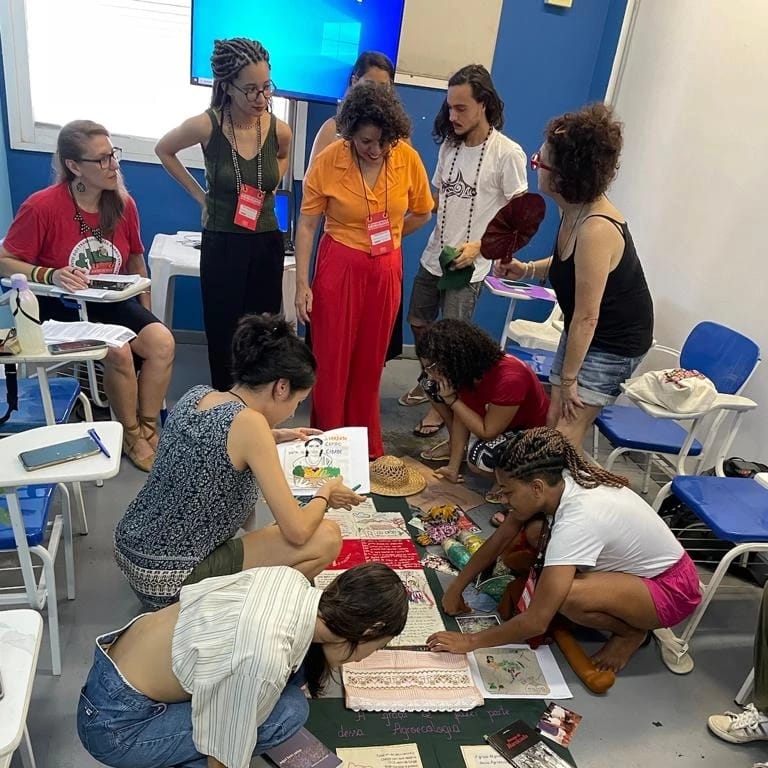
In the second, the Innovation Yard, Tone presented his experience with the RAC/SAF, Technology for Coexistence with the Semi-Arid. “In our participation (AP1MC), we presented the technology for capturing and reusing gray water, combined with the Agroforestry System, showing an alternative to boost water collection, such as the 16,000-liter plate cisterns and a water utilization technology. This technology allows the family to direct the water to the SAF or to the production of fodder plants.”
He also presented the results of the study carried out by the Sabiá Center in the community of Sítio Feijão, in the municipality of Bom Jardim-PE, using the LUMEN tool, in partnership with Agroflor and the Northeast ATER Network. Illustrating from 1979 to 2023 in a timeline, the impacts that social technologies for living with the semi-arid region have had on the community in recent years.
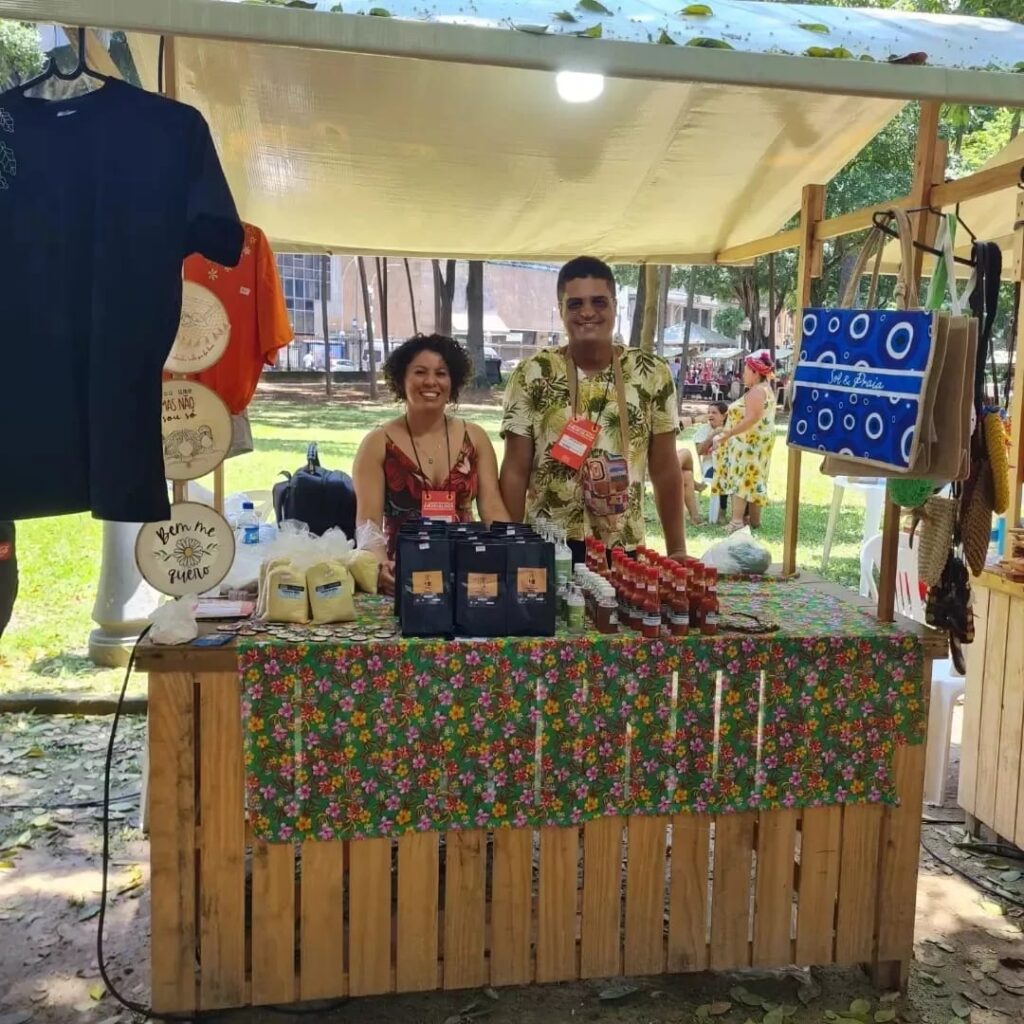
In the third session, Tatiane Faustino presented an experience report with the theme “Embroidering and Communicating about Peasant Women and their Struggles in the Territories: Learning from Art Education and Agroecology”.”The presentation highlighted the presence of women in the embroidery pieces, addressing issues such as the importance of social mobilizations, agroecology, the production of Real Food, the relationship between countryside and city, the plurality of territories, the presence of black and indigenous people, the need to demarcate their territories and the appreciation of culture and socio-biodiversity. Tatiane emphasized that “art education can contribute to training in agroecology and that embroidery is a way of expressing and announcing the issues of women’s struggle in their territories.”
In the fourth moment, Vitor, who is also a member of the Youth Working Group (WG) of the National Articulation of Agroecology (ANA), was involved in the processes of organization and participation in the Youth Shed. Vitor emphasized that “young agroecology enthusiasts find a welcoming environment, pulsating with energy and creativity.” In the space, they were able to have an active voice in sharing experiences and discussing innovative ideas for sustainable agriculture, based on social technologies that help the environment and people. The debates included strategies for tackling challenges such as climate change.
He also pointed out that it was an afternoon full of inspiring stories of young peasants engaged in transformation, bringing a little of their struggles as young people in defense of agroecology in their territories.
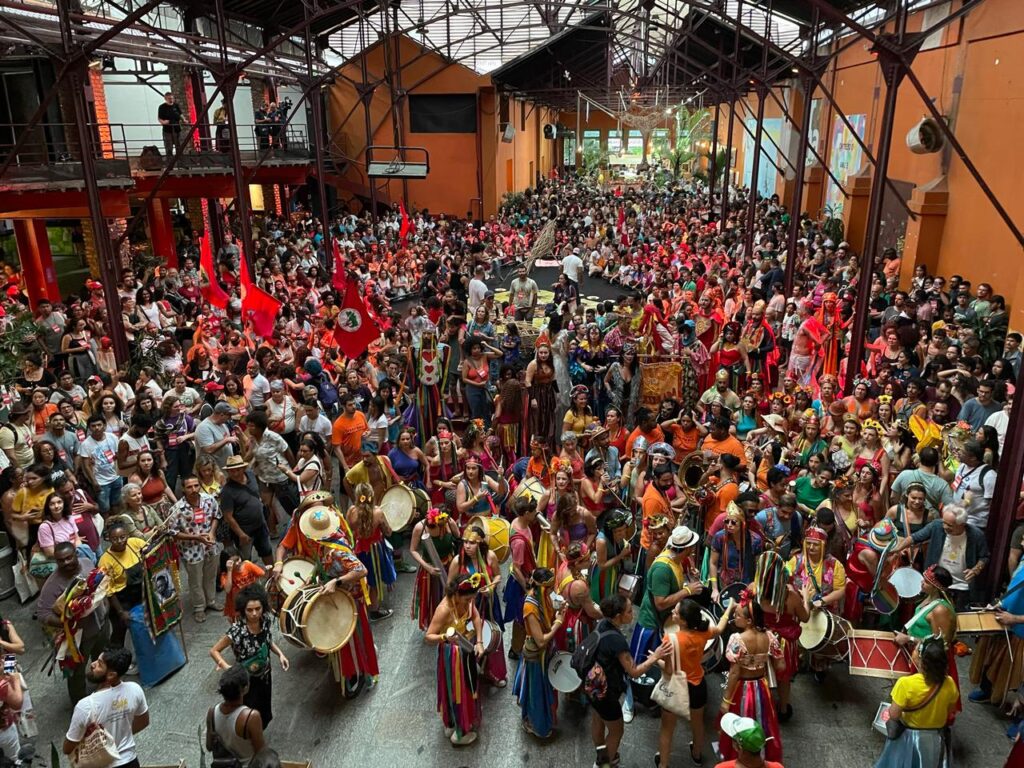
The CBA was a moment rich in sharing, reunions and learning, strengthening and announcing the construction of the diverse knowledge of Agroecology in the Brazilian territories, inviting, strengthening and building the science of Agroecology, learning from the daily life of the territories, non-governmental organizations and public education institutions.
As Peasant Youth, we return with the challenge of continuing to build and bring agroecology to the mouths of the people in our territories, in the agreste, the sertão and the mata. Strengthening the fight to build resilient and sustainable agriculture, promoting climate justice, fighting racism, violence and LGBT phobia, promoting health, real food production, access to popular agroecological education, and above all strengthening the practices of fair economies, food free of pesticides and the blood of women, young people, black and indigenous peoples and all peoples of the countryside and the city.
In the mouths of the people and in the hands of diverse peoples, the congress was the scene of meetings, reunions, hugs, affection, struggle, debates, announcements, denunciations, celebrations and the multiplication of agroecology and, above all, the Fight for the Good Life.
Nothing found.

